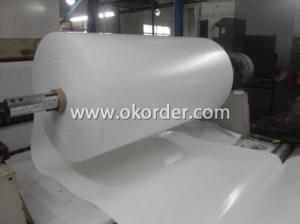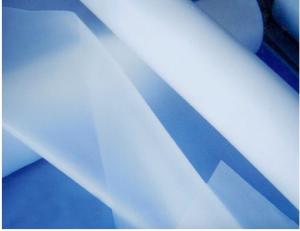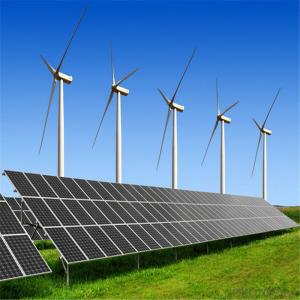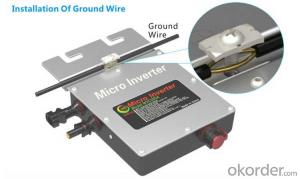Evvo Solar Inverter
Evvo Solar Inverter Related Searches
Vevor Solar Inverter Epever Solar Inverter Ecco Solar Inverter Rv Solar Inverter Rv Solar Power Inverter Invt Solar Inverter East Solar Inverter Rv Solar Inverter Systems 120v Solar Inverter Eko Solar Inverter Solar Inverter Rv East Power Solar Inverter Renovo Solar Inverter Eco Solar Inverter Solar 120v Inverter Victron Energy Solar Inverter Solar Electric Inverter Ever Solar Inverter Victron Solar Inverter Inverter Solar Inverter For Rv Solar 12v Solar Inverter V Guard Solar Inverter Eltek Solar Inverter Vivint Solar Inverter Rv Solar Inverter Kit Emerson Solar Inverter Ecostar Solar Inverter Victron Easy Solar Inverter Empower Solar InverterEvvo Solar Inverter Supplier & Manufacturer from China
Evvo Solar Inverter is a high-quality product designed to optimize the performance of solar energy systems by converting the generated direct current (DC) into alternating current (AC) that can be used by homes and businesses. This advanced inverter offers a range of features, such as maximum power point tracking (MPPT) and islanding protection, ensuring efficient energy management and safety.The Evvo Solar Inverter is widely used in various applications, including residential, commercial, and industrial solar power systems. It is particularly suitable for grid-tied systems, where the inverter's ability to synchronize with the grid and provide stable power output is crucial. Additionally, its compact design and user-friendly interface make it an ideal choice for both new installations and retrofit projects, where space and ease of use are important considerations.
Okorder.com is a leading wholesale supplier of the Evvo Solar Inverter, boasting a large inventory that caters to the needs of various customers. By offering competitive prices and reliable service, Okorder.com ensures that businesses and individuals can access this essential product for their solar energy projects. With a commitment to quality and customer satisfaction, Okorder.com stands out as a trusted source for the Evvo Solar Inverter and other solar-related products.
Hot Products



















































